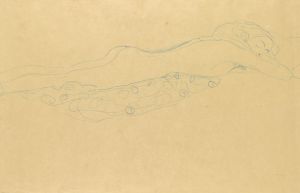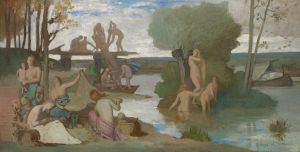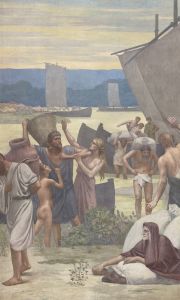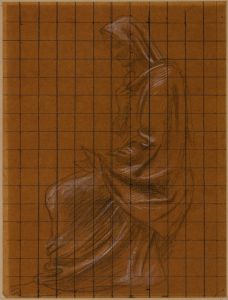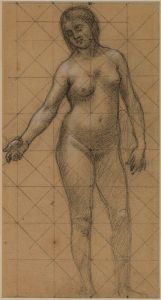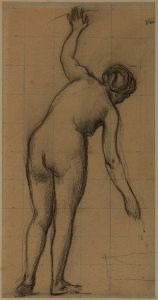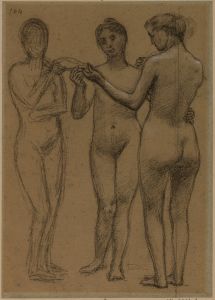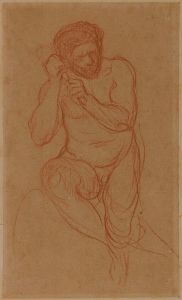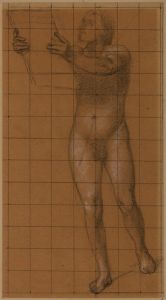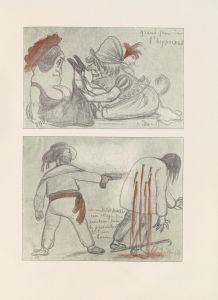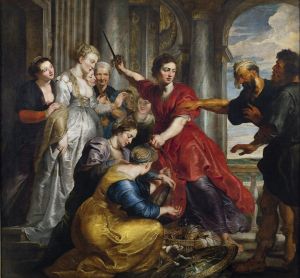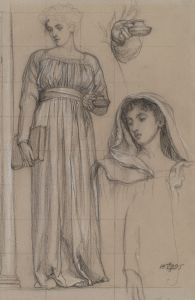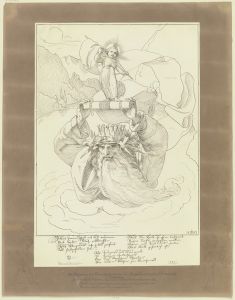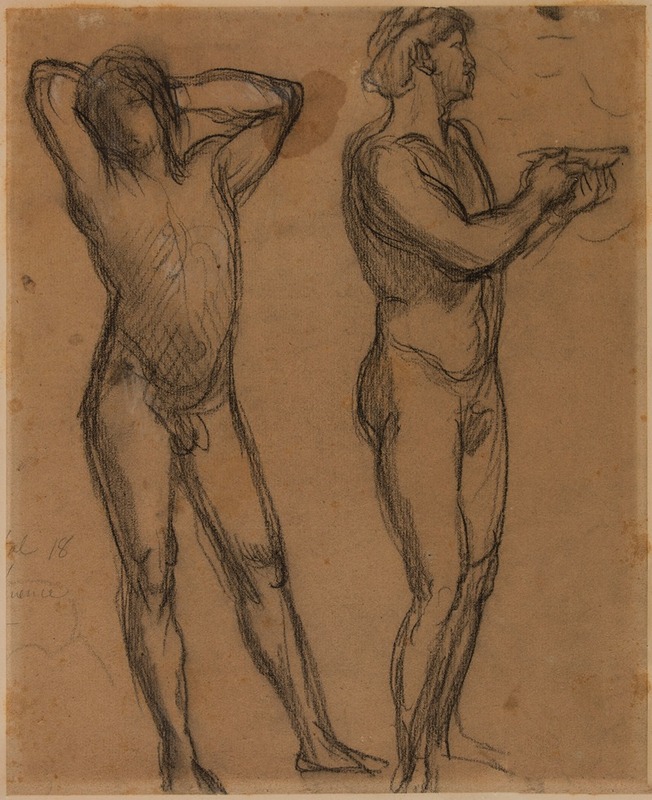
Deux hommes nus
A hand-painted replica of Pierre Puvis de Chavannes’s masterpiece Deux hommes nus, meticulously crafted by professional artists to capture the true essence of the original. Each piece is created with museum-quality canvas and rare mineral pigments, carefully painted by experienced artists with delicate brushstrokes and rich, layered colors to perfectly recreate the texture of the original artwork. Unlike machine-printed reproductions, this hand-painted version brings the painting to life, infused with the artist’s emotions and skill in every stroke. Whether for personal collection or home decoration, it instantly elevates the artistic atmosphere of any space.
"Deux hommes nus" (Two Naked Men) is a painting by the French artist Pierre Puvis de Chavannes. Puvis de Chavannes, born on December 14, 1824, in Lyon, France, is renowned for his mural paintings and is considered a pivotal figure in 19th-century French art. His works often exhibit a classical style and are characterized by their serene and contemplative nature.
"Deux hommes nus" is one of Puvis de Chavannes' lesser-known works. The painting depicts two nude male figures, a subject that is relatively uncommon in his oeuvre, which more frequently features allegorical and historical themes. The composition and the treatment of the human form in this painting reflect Puvis de Chavannes' academic training and his interest in classical antiquity.
Puvis de Chavannes studied under the tutelage of Eugène Delacroix and Thomas Couture, both of whom influenced his artistic development. However, he eventually developed a distinctive style that set him apart from his contemporaries. His work is often noted for its muted color palette, simplified forms, and a sense of timelessness.
The exact date of creation for "Deux hommes nus" is not well-documented, but it is believed to have been painted during the latter half of the 19th century, a period when Puvis de Chavannes was actively producing some of his most significant works. During this time, he was also involved in creating large-scale murals for public buildings, which brought him considerable acclaim.
"Deux hommes nus" exemplifies Puvis de Chavannes' ability to convey a sense of calm and introspection through his figures. The two men are depicted in a naturalistic manner, with careful attention to anatomical details, yet the overall composition maintains a sense of idealization and abstraction. This balance between realism and idealism is a hallmark of Puvis de Chavannes' style.
The painting's subdued color scheme and the harmonious arrangement of the figures contribute to its tranquil and contemplative atmosphere. The background is typically minimalistic, allowing the viewer to focus on the interaction between the two figures. This approach is consistent with Puvis de Chavannes' broader artistic philosophy, which emphasized the importance of creating a sense of unity and coherence in his compositions.
While "Deux hommes nus" may not be as widely recognized as some of Puvis de Chavannes' larger mural projects, it nonetheless reflects his mastery of the human form and his ability to evoke a sense of timeless beauty. The painting is a testament to his skill as a draftsman and his commitment to exploring the expressive potential of the human body.
Puvis de Chavannes' influence extended beyond his lifetime, impacting subsequent generations of artists, including the Symbolists and the early modernists. His work continues to be studied and appreciated for its unique contribution to the development of modern art.
In summary, "Deux hommes nus" by Pierre Puvis de Chavannes is a notable example of the artist's exploration of the human form and his ability to create compositions that are both serene and thought-provoking. The painting reflects his classical influences and his distinctive approach to art, which has left a lasting legacy in the history of French painting.





